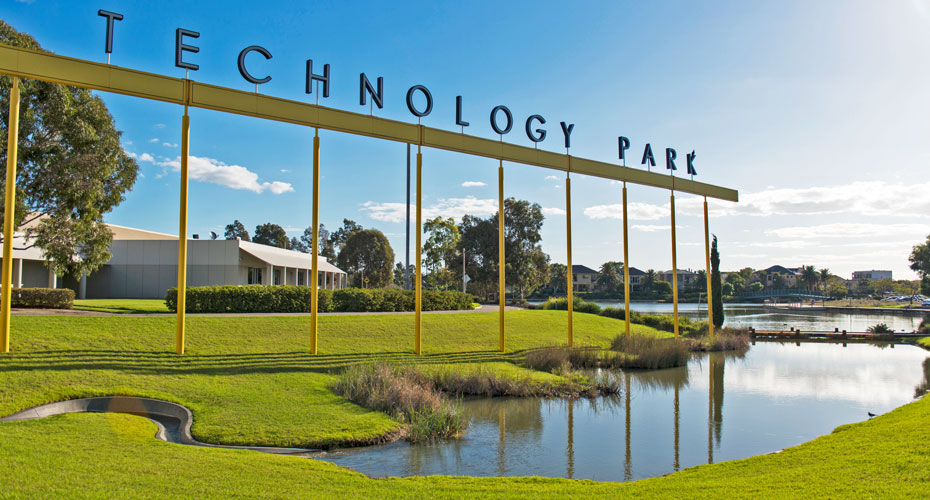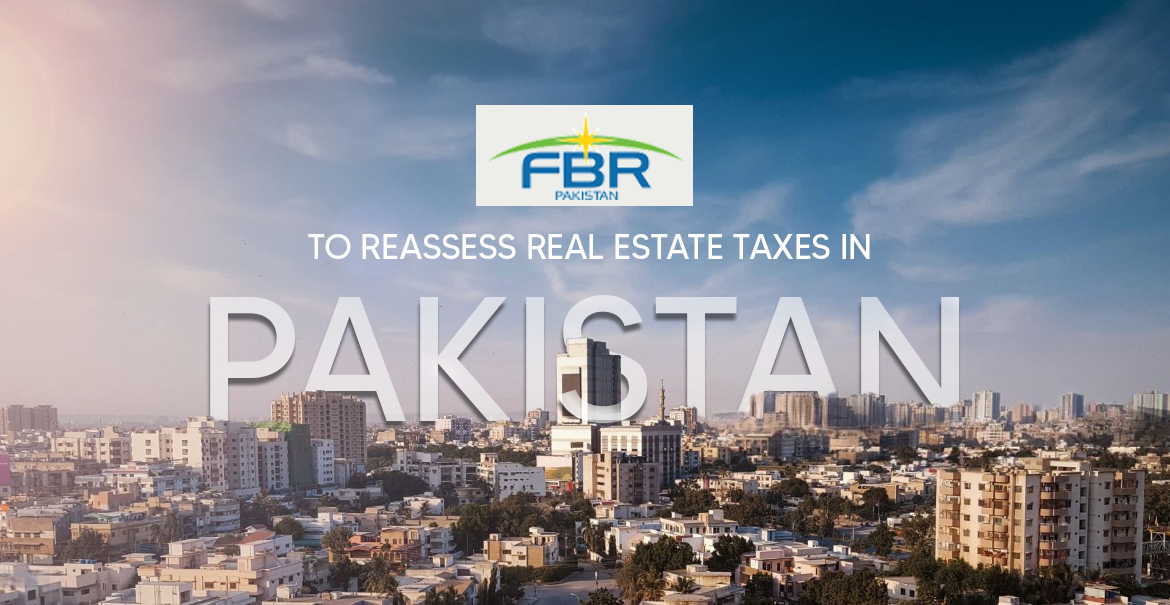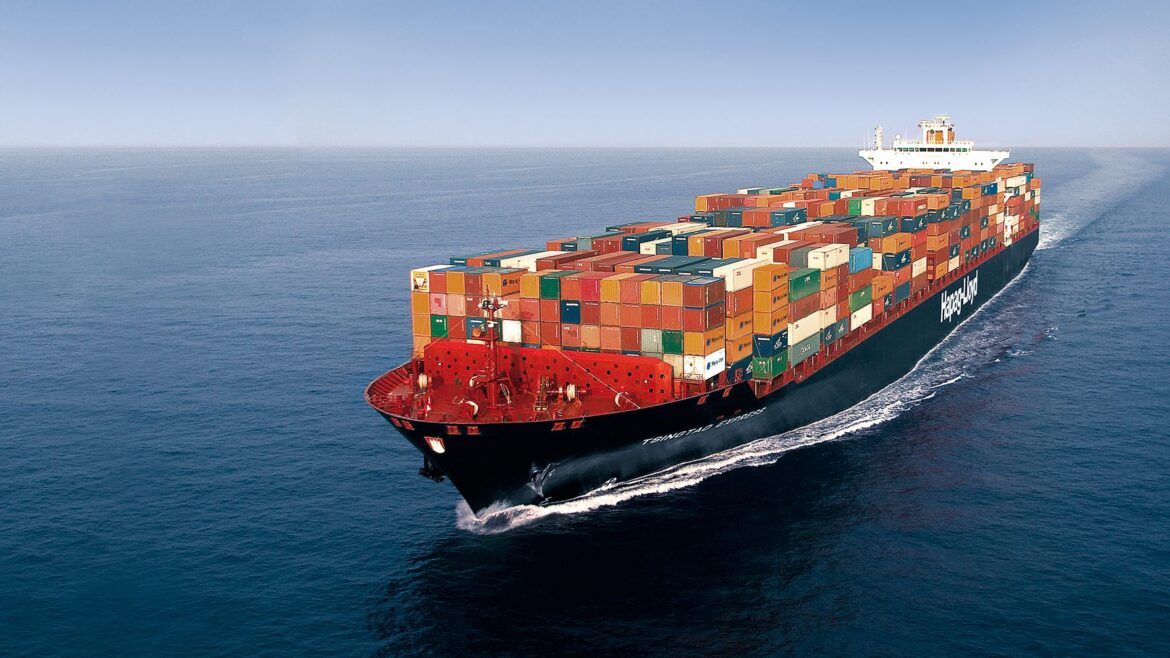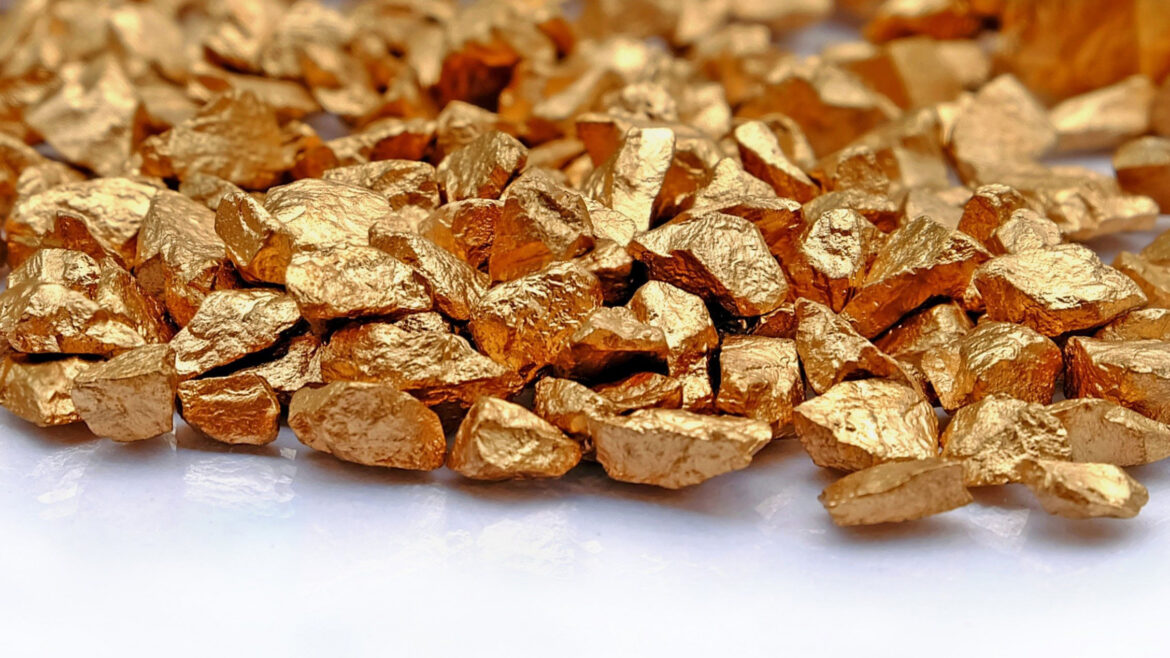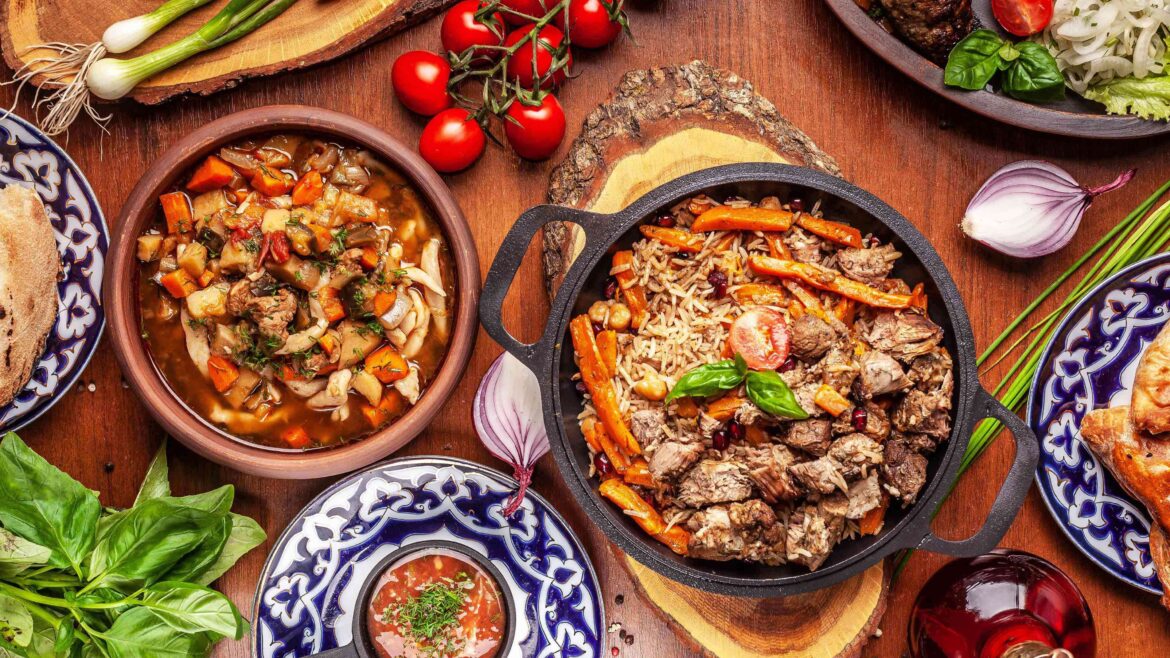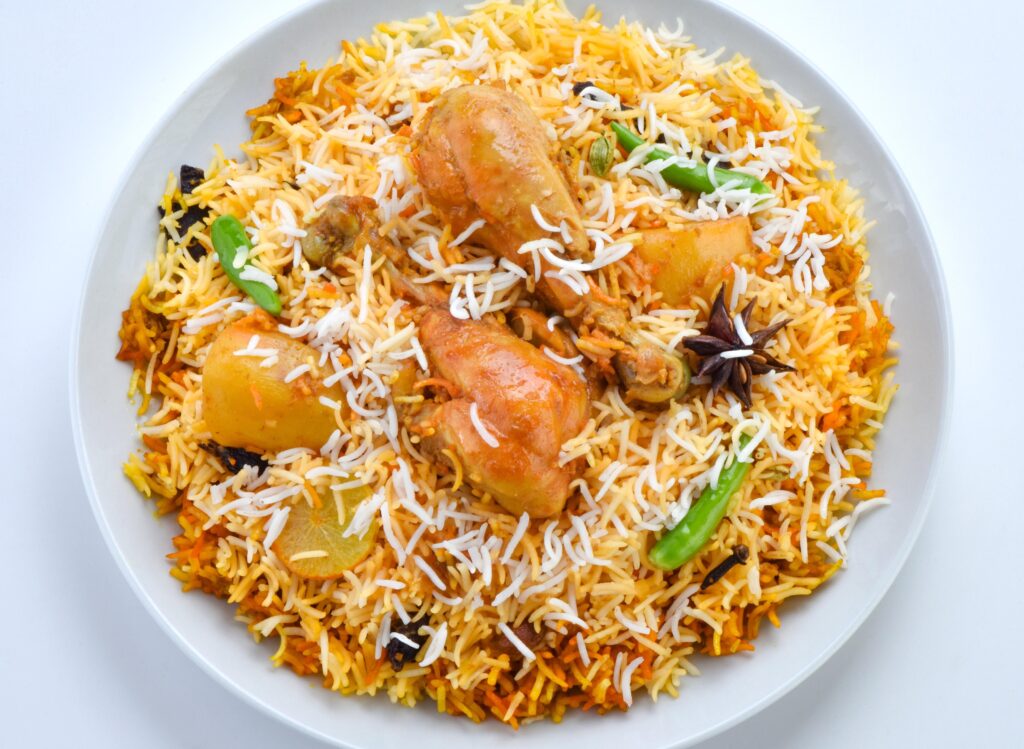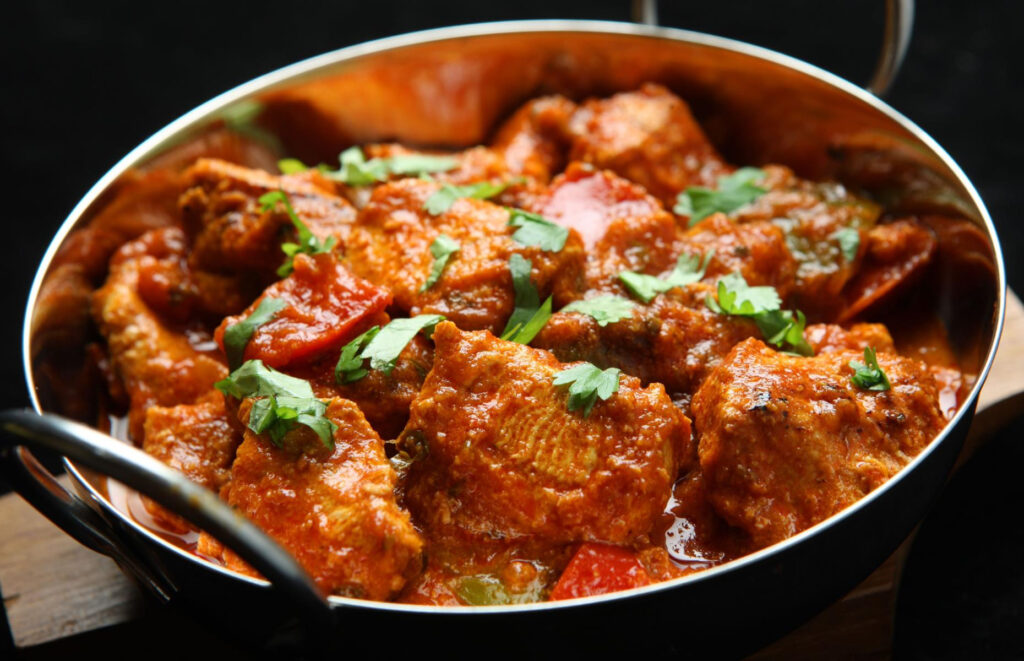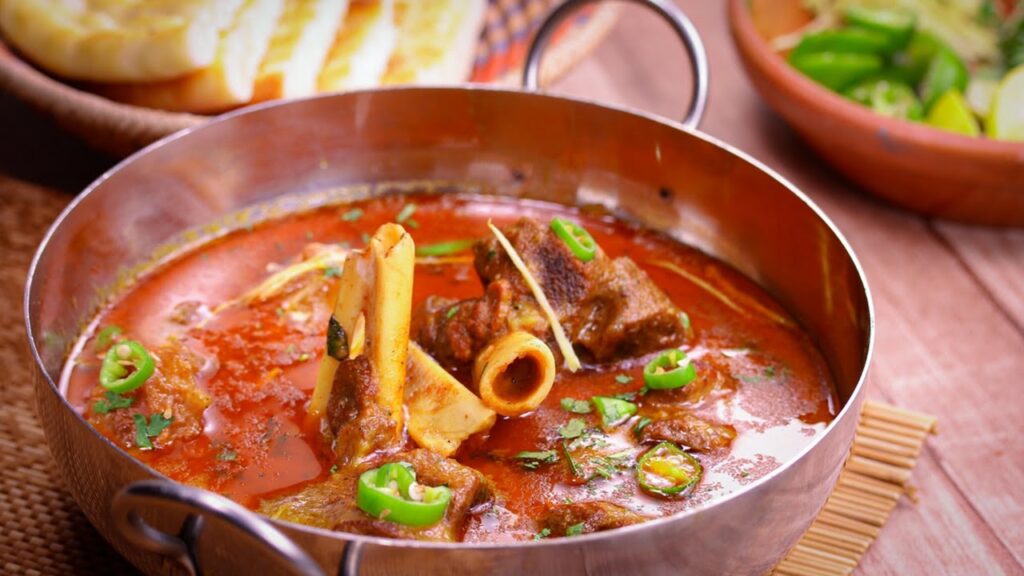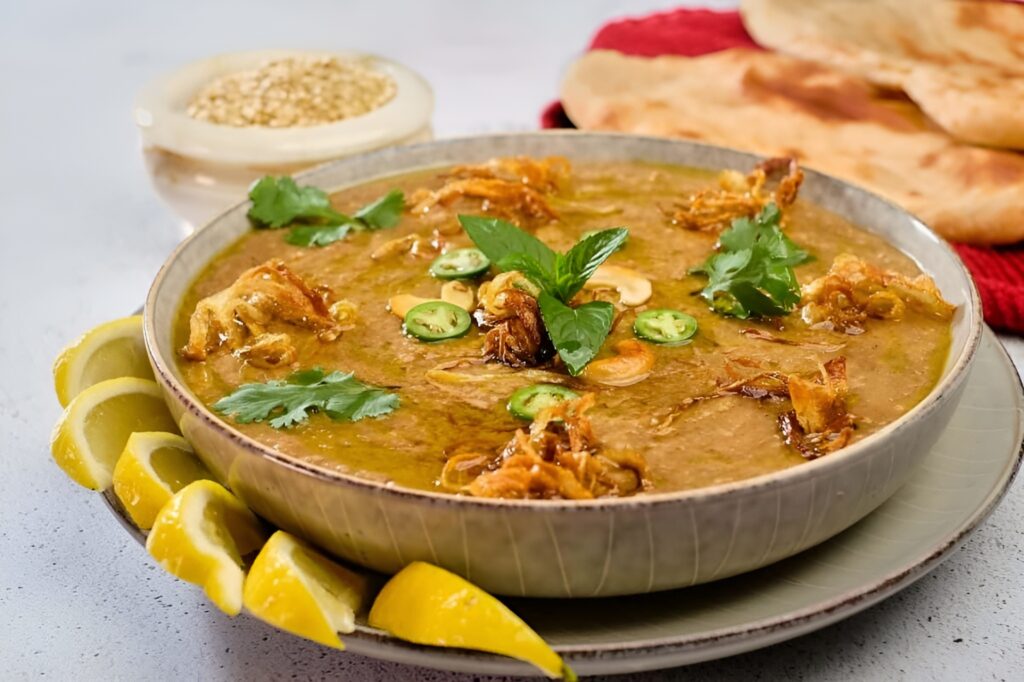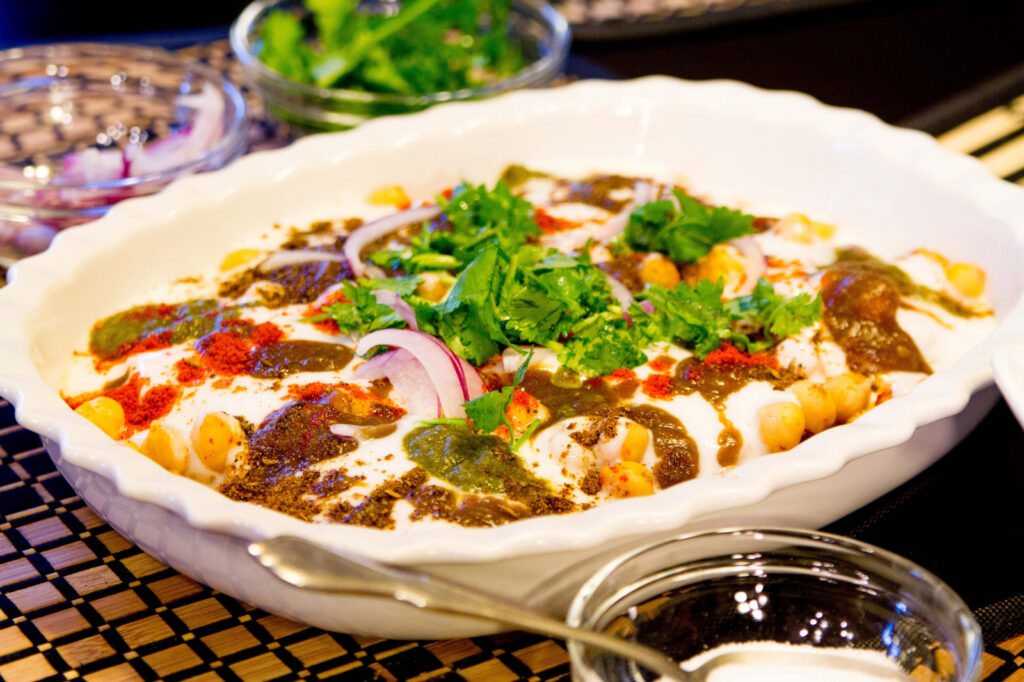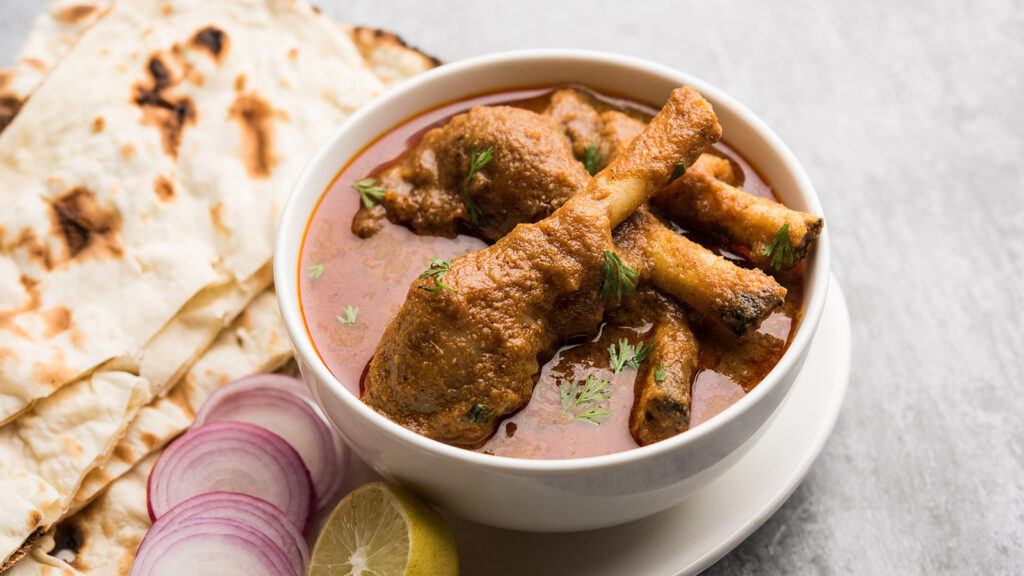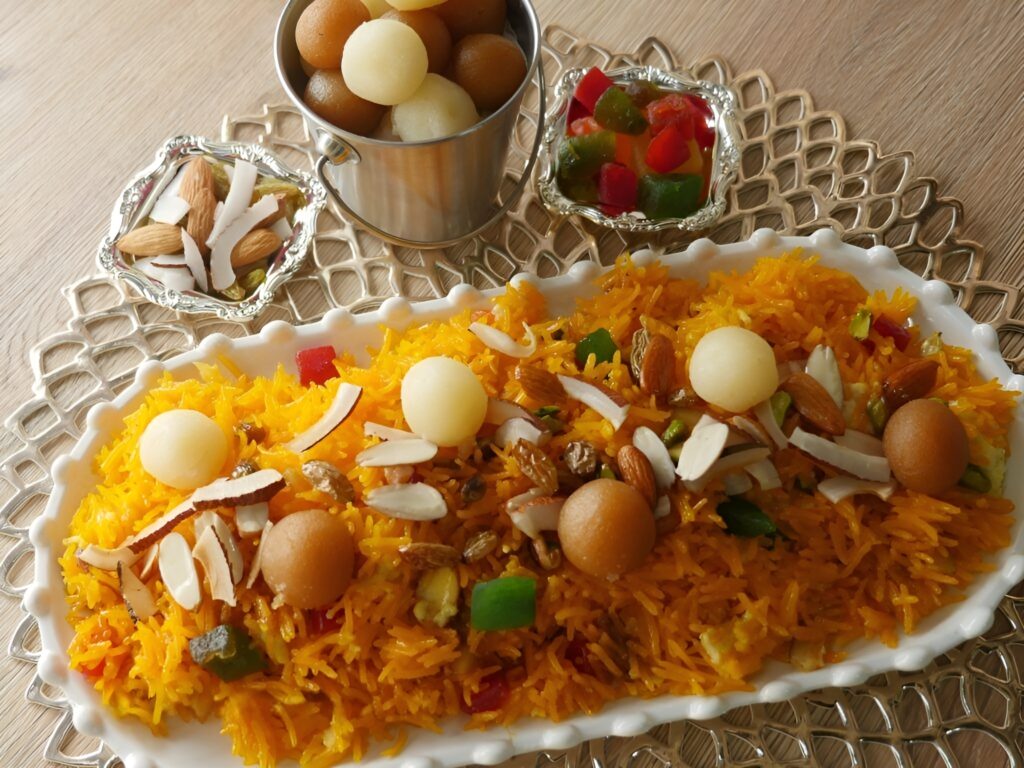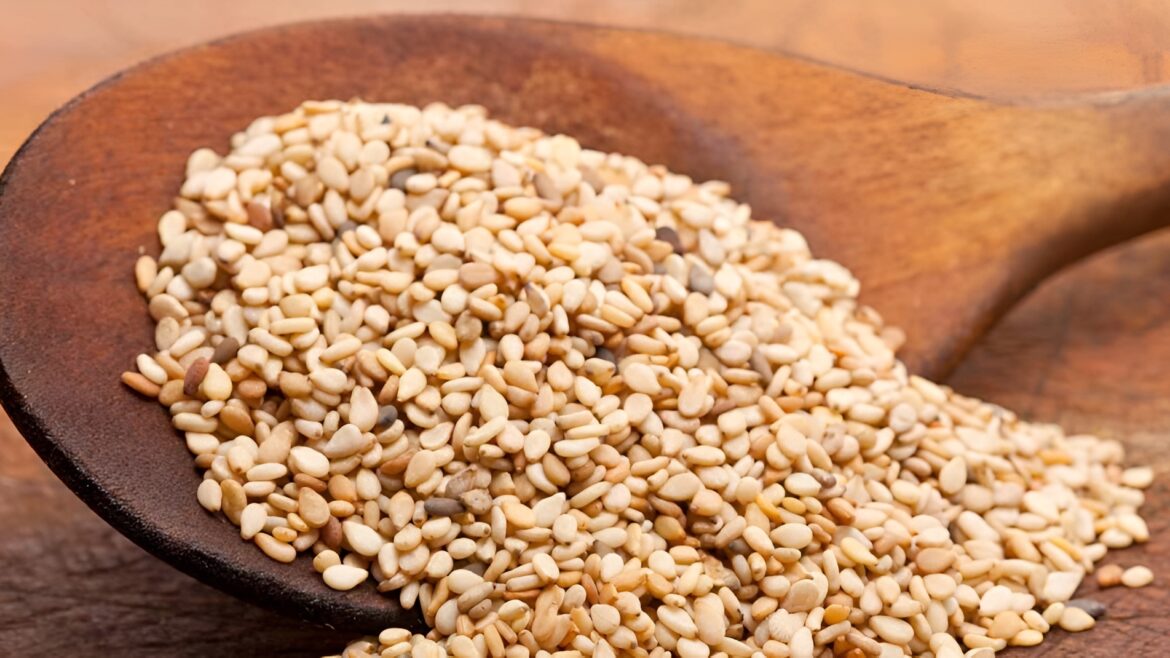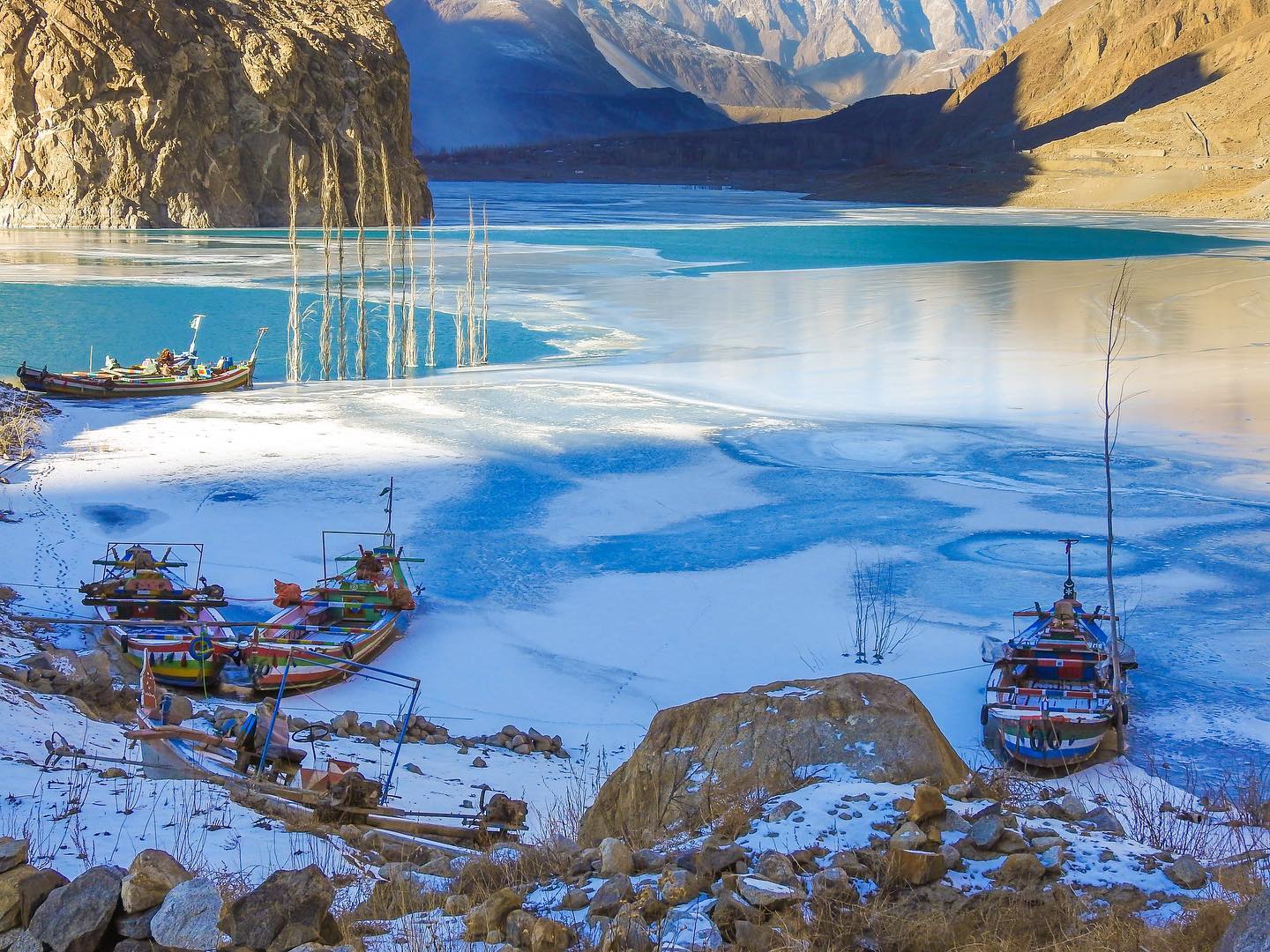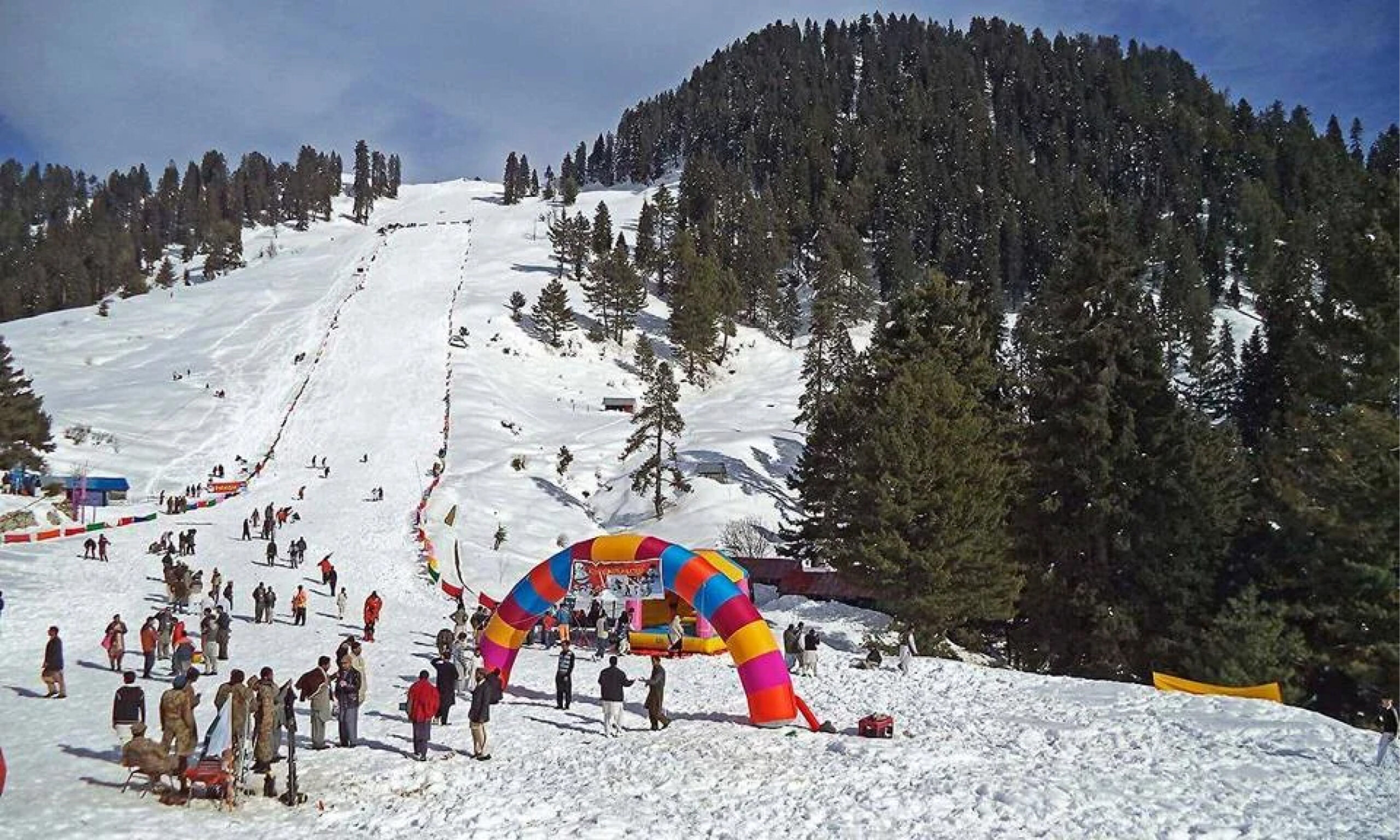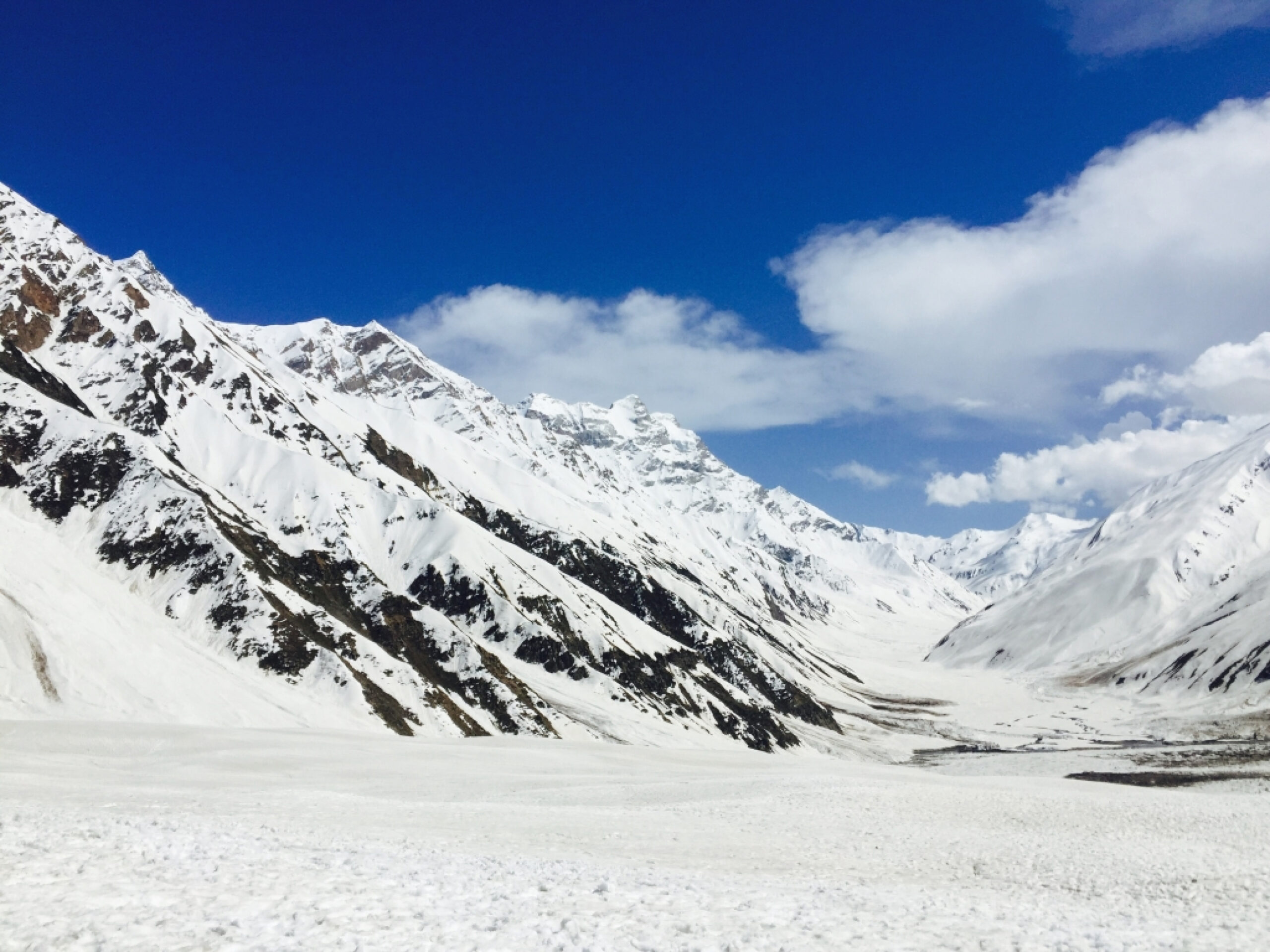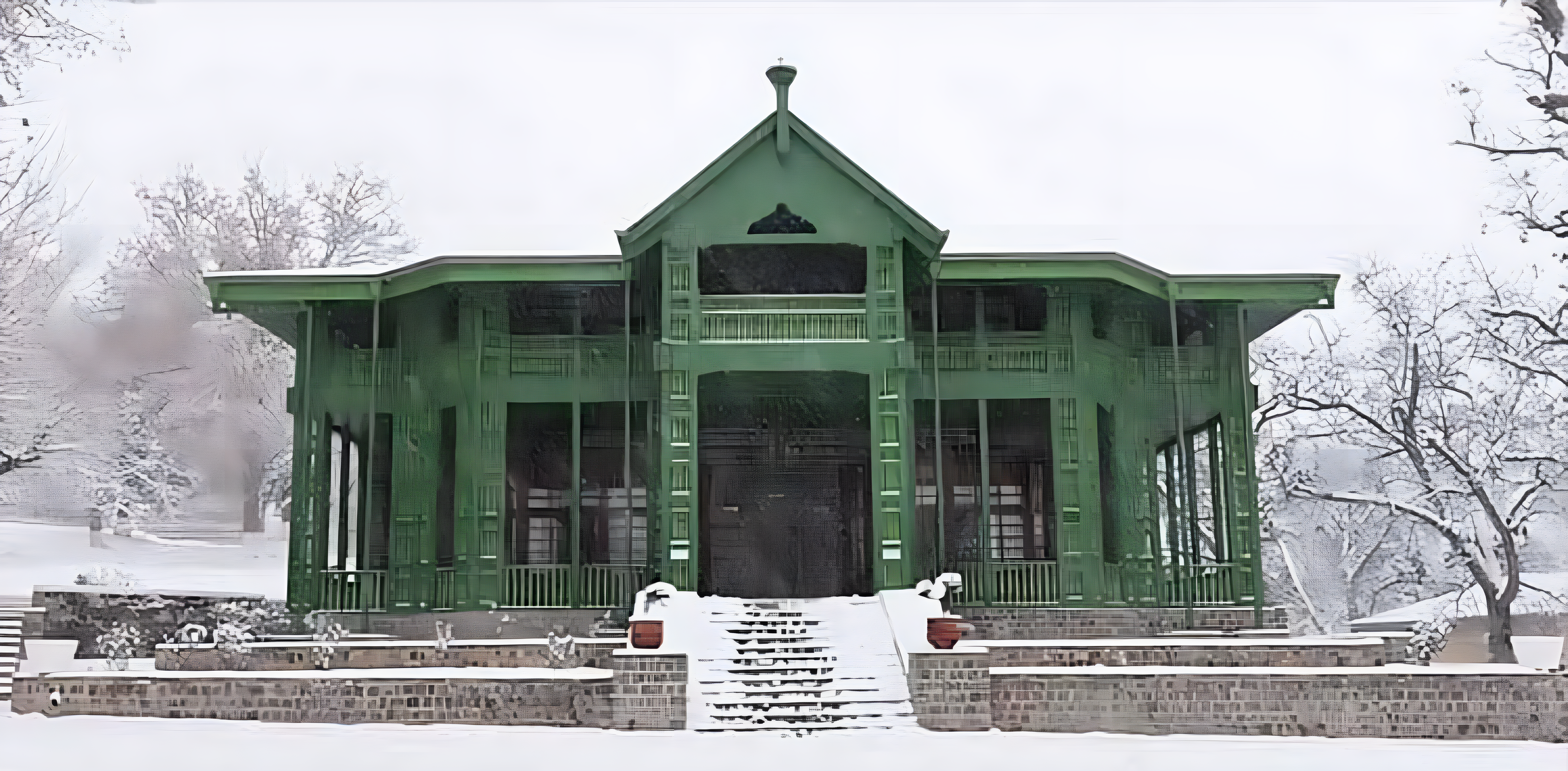Pakistan’s IT sector is experiencing rapid growth, thanks to the government’s latest initiatives aimed at expanding technology infrastructure. In particular, the Pakistan Software Export Board (PSEB), under the Ministry of Information Technology and Telecommunication (MoITT), has successfully developed 43 Software Technology Parks (STPs) nationwide. These tech hubs not only enhance IT exports but also foster innovation and create vital employment opportunities.
Boosting IT & ITeS Growth
Currently, the newly established STPs accommodate over 350 IT and IT-enabled Services (ITeS) firms, providing employment to approximately 18,000 professionals across 1.9 million square feet of workspace. Notably, a significant achievement is the growing inclusion of women in the workforce, now making up 20% of employees in these technology hubs.
Key Locations and Economic Impact
Between FY2022-24, these IT parks were strategically established in major and emerging cities, including Islamabad, Lahore, Karachi, Faisalabad, Quetta, Sialkot, and Swat. As a result, the parks collectively generate around $100 million in foreign exchange annually and contribute $15 million to the local economy.
Major IT Parks in Karachi & Islamabad
To further strengthen Pakistan’s ICT sector, two large-scale IT parks are currently under development:
-
Karachi IT Park – A $186 million facility spanning 1.12 million square feet is set to be operational by 2027. Consequently, this park is expected to create 13,400 jobs and boost IT exports by $90 million.
-
Islamabad IT Park – Scheduled for completion in 2025, this $88.4 million project covers 720,000 square feet and aims to generate 7,500 jobs while contributing an additional $70 million to IT exports.
E-Rozgaar Centres & Digital Economy Growth
Moreover, as part of its broader digital transformation strategy, the government plans to establish 250 e-Rozgaar centres by 2027 under the Prime Minister’s Initiatives—Support for Startups, Specialised IT Trainings, and Venture Capital program. These centres will play a crucial role in equipping aspiring professionals with essential digital skills, thereby supporting Pakistan’s growing tech ecosystem.
Why This Matters
Collectively, these initiatives bring multiple benefits, including:
-
Enhanced IT Infrastructure – Providing a world-class work environment for tech firms.
-
Job Creation – Generating thousands of new employment opportunities in the IT sector.
-
Increased IT Exports – Strengthening Pakistan’s position in the global digital economy.
-
Empowering Women – Promoting the inclusion of women professionals in the workforce.
D. I. Khan New City’s Visionary Technology Park
Meanwhile, adding to Pakistan’s growing IT infrastructure, D. I. Khan New City is developing a state-of-the-art Technology Park in collaboration with NUST and NUTECH. This initiative aligns perfectly with the city’s vision of fostering innovation and tech-driven growth. The upcoming technology park will offer modern facilities for startups, IT companies, and research institutions, creating a hub for advancements in software development, artificial intelligence, and digital solutions. As a result, D. I. Khan New City is positioning itself as a future-ready player in Pakistan’s digital transformation.
Conclusion
In conclusion, the establishment of 43 technology parks and the development of two major IT parks in Karachi and Islamabad mark significant milestones for Pakistan’s IT industry. With sustained government investment and progressive policies, the country is on track to becoming a regional technology hub. As the sector flourishes, businesses, entrepreneurs, and professionals can look forward to exciting opportunities in the rapidly evolving digital landscape.

